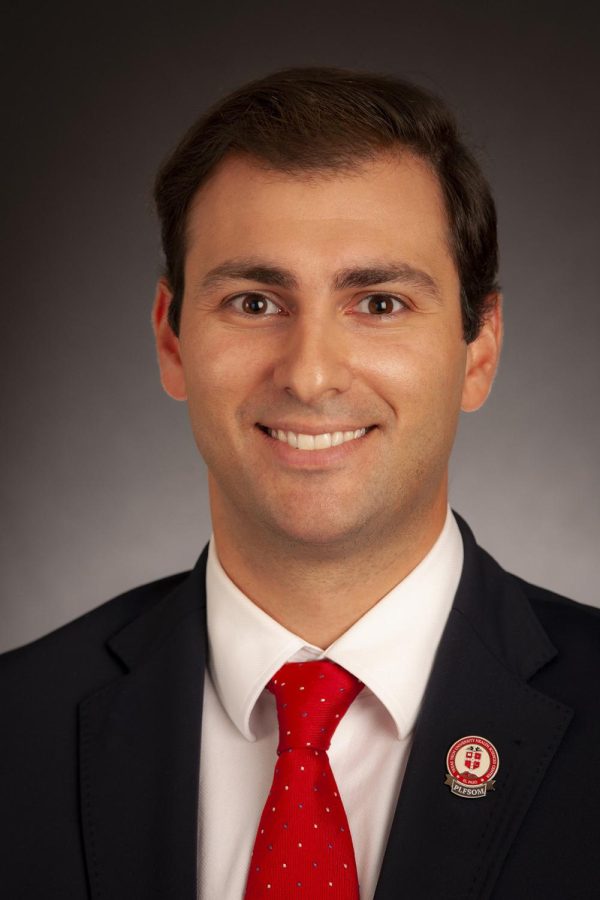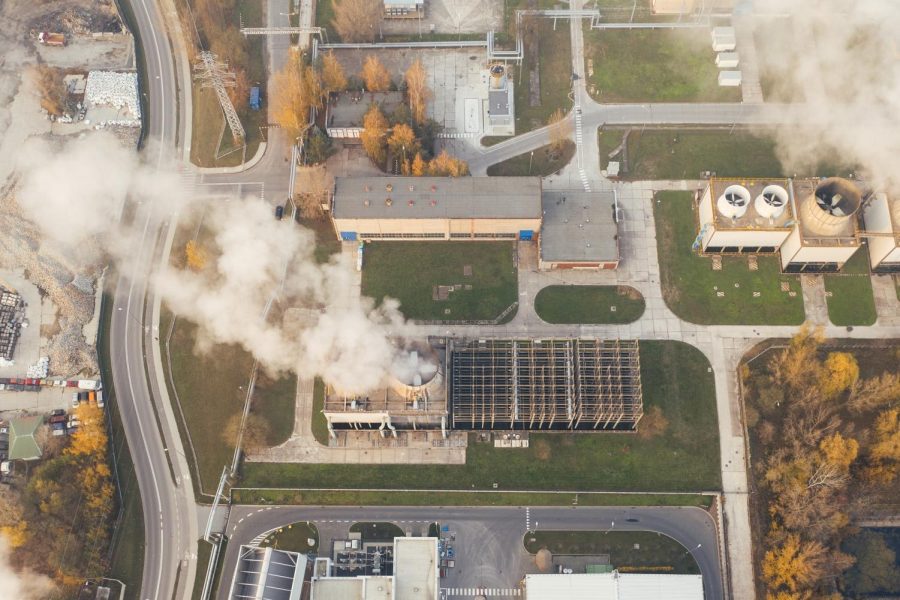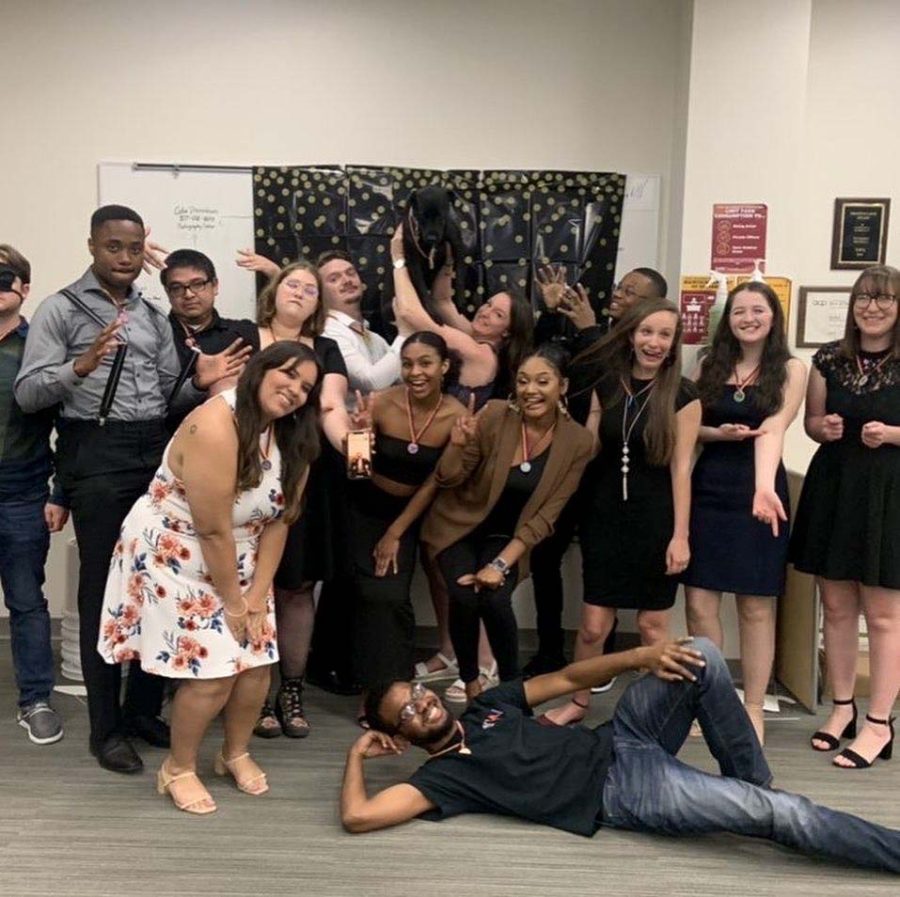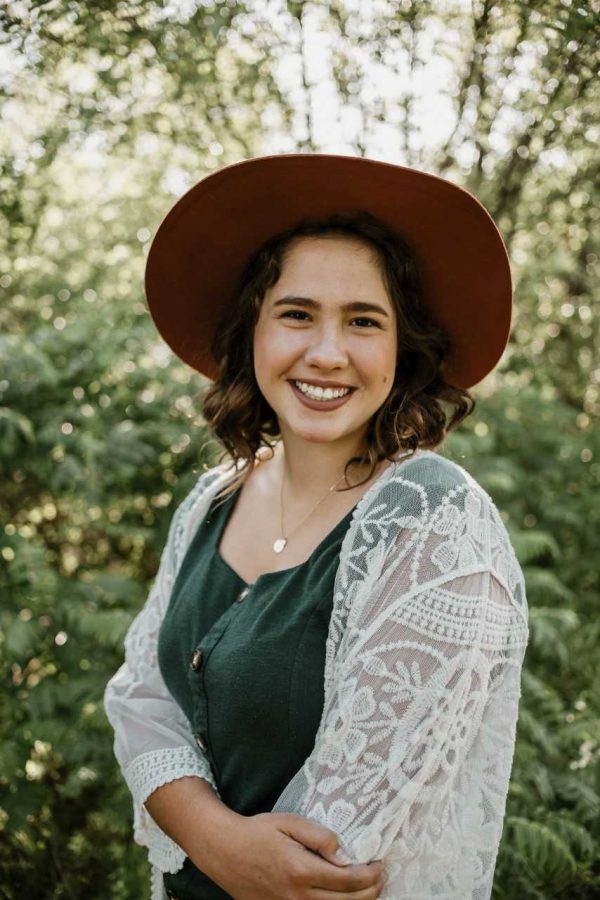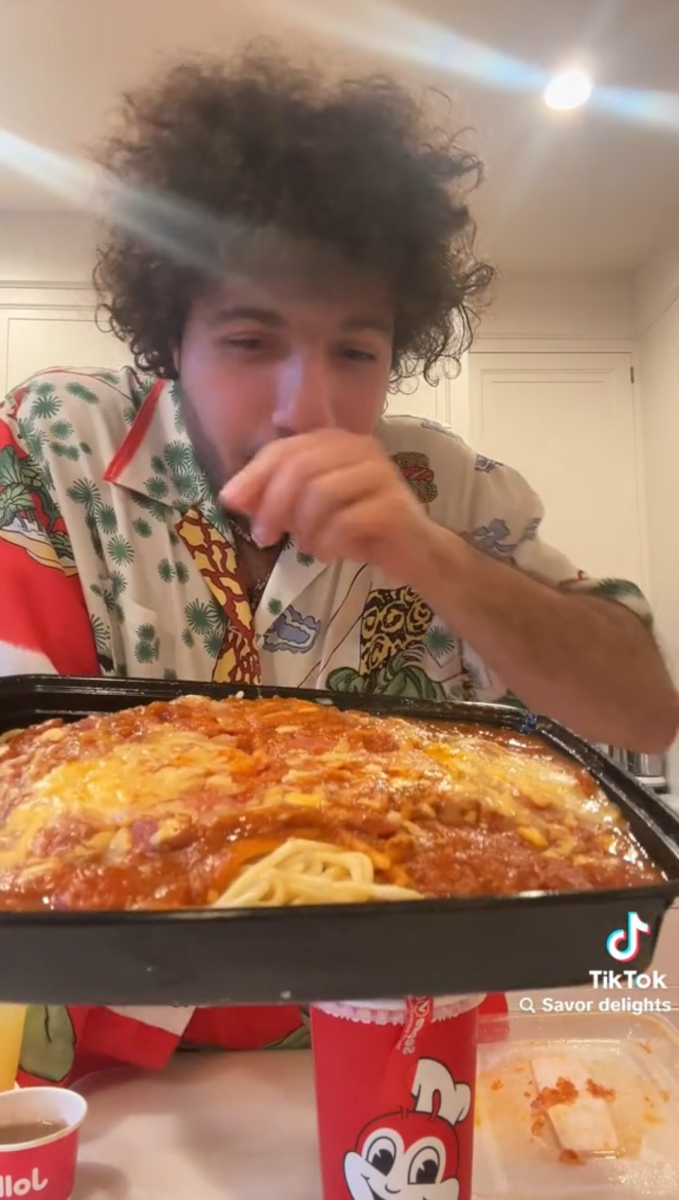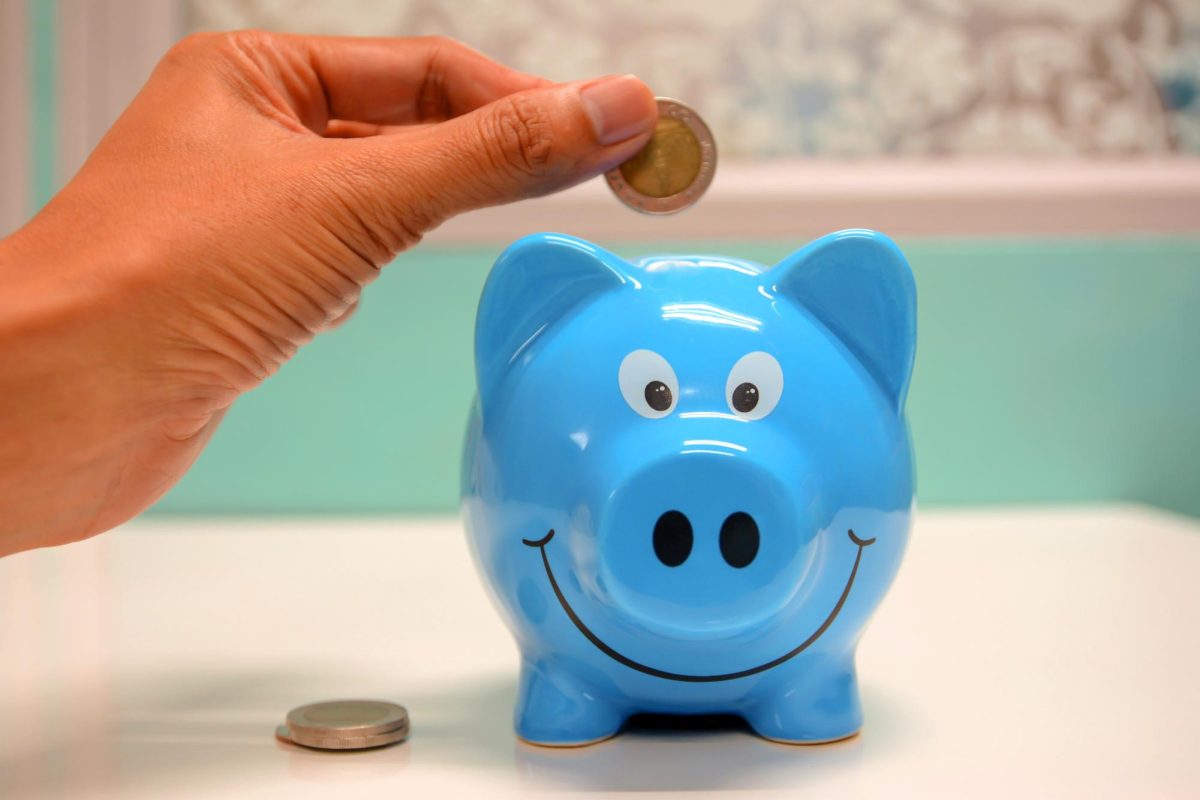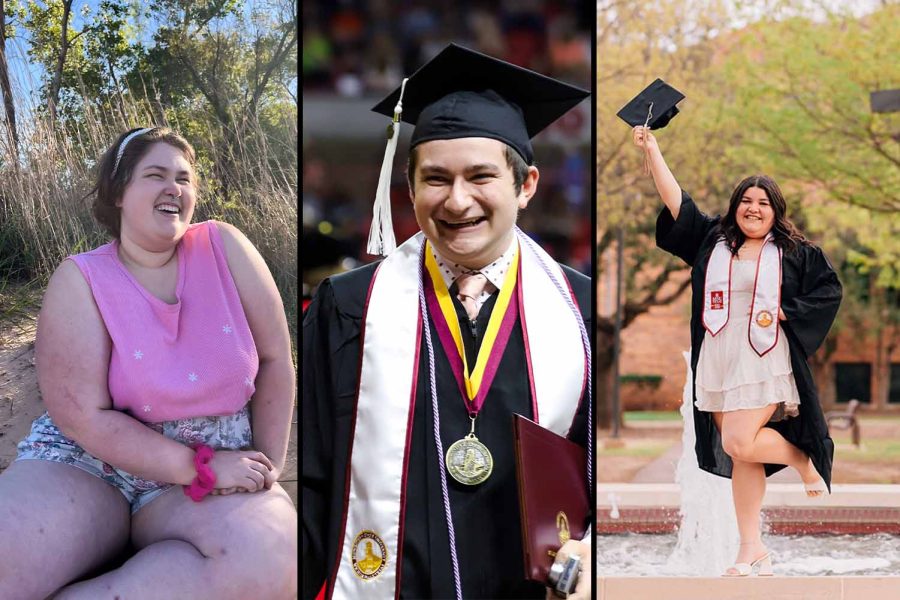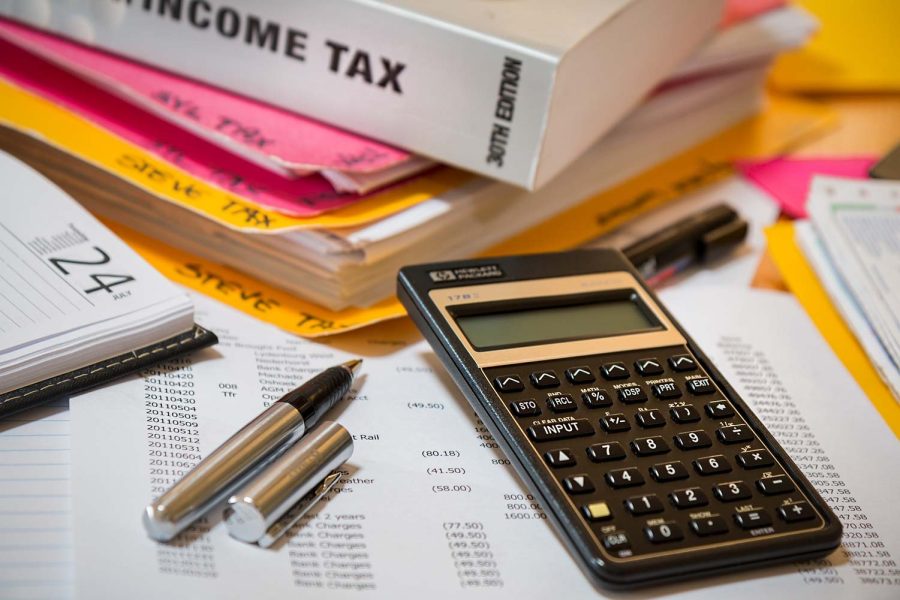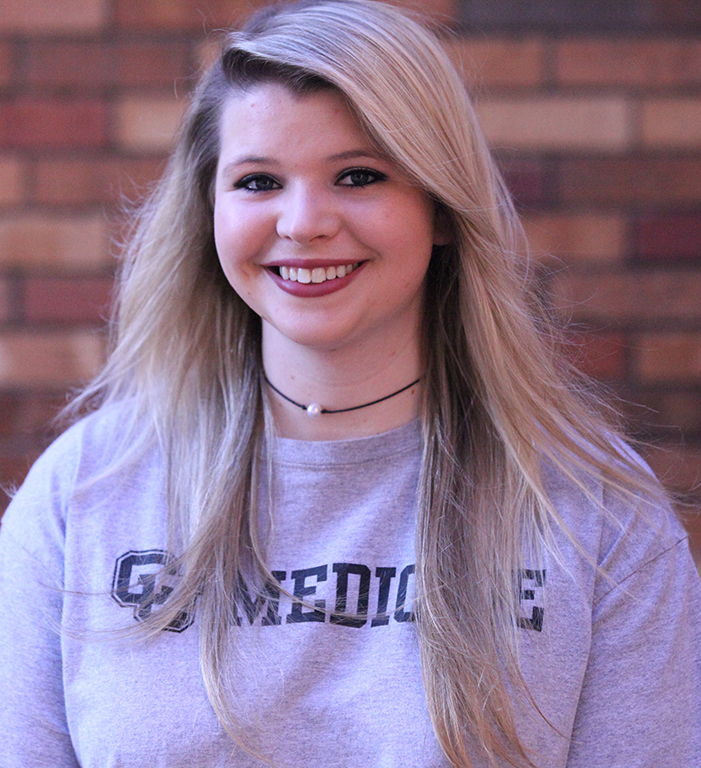
A typical week of research begins by meeting with James Masuoka, associate professor of biology, to discuss the preparations that need to be made for our experiment. Preparations include calculations to determine proper dosages, creating stock cultures of Candida albicans, which is a fungus that grows yeast and other filamentous cells, as well as making media for the yeast to grow in.
While it sounds simple enough (or maybe not-so-simple to non-science majors), there are specific procedures and instruments that are used to ensure accuracy throughout our experiment. For instance, in an undergraduate biology or chemistry lab, a graduated cylinder may be used to measure liquid in milliliters. In a research lab, a long sterile glass pipette would be used with an automatic pipette controller to confirm precision. In simple terms, we use several different measuring instruments just to measure liquid — and this is just one of the instruments I had to quickly learn to use to maintain an accurate experiment.
Our experiment this semester is to determine if serotonin — a neurotransmitter that is responsible for mood balance, regulating cyclic body processes, transmitting impulses between nerve cells and constricting muscles — is inhibitory on four different yeast strains including Candida albicans and Candida parapsilosis, which is a fungal species that has become a significant cause of sepsis and of wound and tissue infections. Since serotonin comes at a higher cost, the inhibitory characteristics of tryptophan (you know, that chemical in turkey meat that makes you sleepy after a nice Thanksgiving meal) and indole, which is similar to tryptophan, will first be tested since the chemical structures are similar to serotonin. The inhibitory characteristics will then be calculated by determining the minimum inhibitory concentration or MIC range of each strain.
As a clinical laboratory science major, participating in undergraduate research has taught me basic laboratory procedures, the proper use of instruments, and how to maintain the equipment. Working in a laboratory with an experienced professional has given me a glimpse into my future career as a medical laboratory scientist as well as shown me the importance of learning the techniques and practicing until each experiment is perfect. I strongly encourage anyone interested in undergraduate research to ask your professors if any opportunities are available. Undergraduate research is a great way to get hands-on experience as well as one-on-one time with a professional in any field you may be interested in.
Alyssa Bell is a clinical lab science junior.



